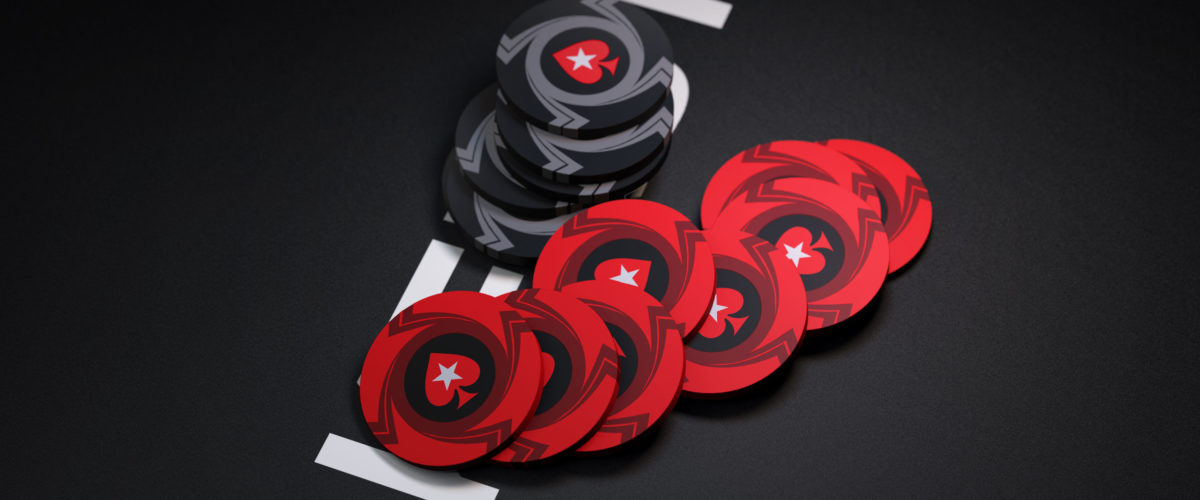The Squeeze Play in No-Limit Hold’em Poker
In this poker article we will talk about a semi-advanced concept that will give you an immediate profit, the squeeze play.
What is a ‘Squeeze Play’?
Squeezing means 3-betting a pot when there is a raiser and at least one caller. It is called a squeeze because it’s done with the intention of “squeezing out” the caller/s from the pot.
Squeezing Range
There’s not an absolute squeezing range because, as with any other poker concept, it will depend mostly on our opponents’ tendencies but if we were to give a standard, we will start by saying that a very wide range is worth squeezing.
First of all, let’s consider our position at the table. It is often better to squeeze out of position than in position. The reason is quite simple: when in position, we have a great advantage over our opponents, so playing our hand and see the flop is not always a bad idea; on the other hand, when we are out of position, we give up the positional advantage to our opponent. By squeezing, though, we take the initiative, and we put our opponent in a situation where he have to take a difficult decision to make.
Our squeezing range should be made up by two different categories of hands:
1) Strong hands that don’t play well multi-way, but do in a 3-bet pot. Fundamentally, we’re talking about middle/high pocket pairs (TT+). Those hands lose value when playing in a multi-way pot, and there are lots of flops that could scare us. Plus, callers often play small pocket pairs when set-mining, and we don’t want to give them the possibility to hit their hands cheaply.
2) Hands with a blocker. A card is considered a “blocker” when it limits the possible combination of a given range. For example, if we hold an Ace, we are decreasing the possibility that our opponents holds strong aces (AQ+, AA). So, Ax and Kx are good hands to squeeze.
Against opponents who tend to fold to 3-bet, we can use even a larger range, because they’re going to give up a lot of hands. Of course, that doesn’t mean squeezing with any two cards; in fact, there are hands that show most of their profit in multi-way, small pots – like medium suited connectors or low pocket pair, for example.
Opponents to Squeeze
As already said, the best players to squeeze, especially in a ‘bluff’ situation, are those that fold to a 3-bet a lot. If an opponent never folds to a 3-bet, there is no point in squeezing him with a bluff; in this case, we should open up our value squeeze range – including hands like 88-KJ+ – because those kind of opponents are very easy to value bet.
The players we don’t want to squeeze are those inclined to 4-bet; against them, it’s better to tighten up our squeeze range, squeezing only our best holdings and calling with the bottom of our value range.
Defending Against a Squeeze Play
The best defense against the squeeze, especially at micro limits, is to fold. Our opponents won’t squeeze often enough, so it doesn’t affect our win rate significantly. Against frequent squeezers, the best defense is to tighten our opening range, because 1) we will be less often set up to a squeeze; 2) we will have a range mostly made up of value hands that we should be more willing to play it back.
If an opponent raises, we cold call, and another opponent squeezes … Well, in this case, we’ve already announced that our hand is not so strong (unless we are playing a monster in a tricky way). So, in this case it’s better not to defend.


